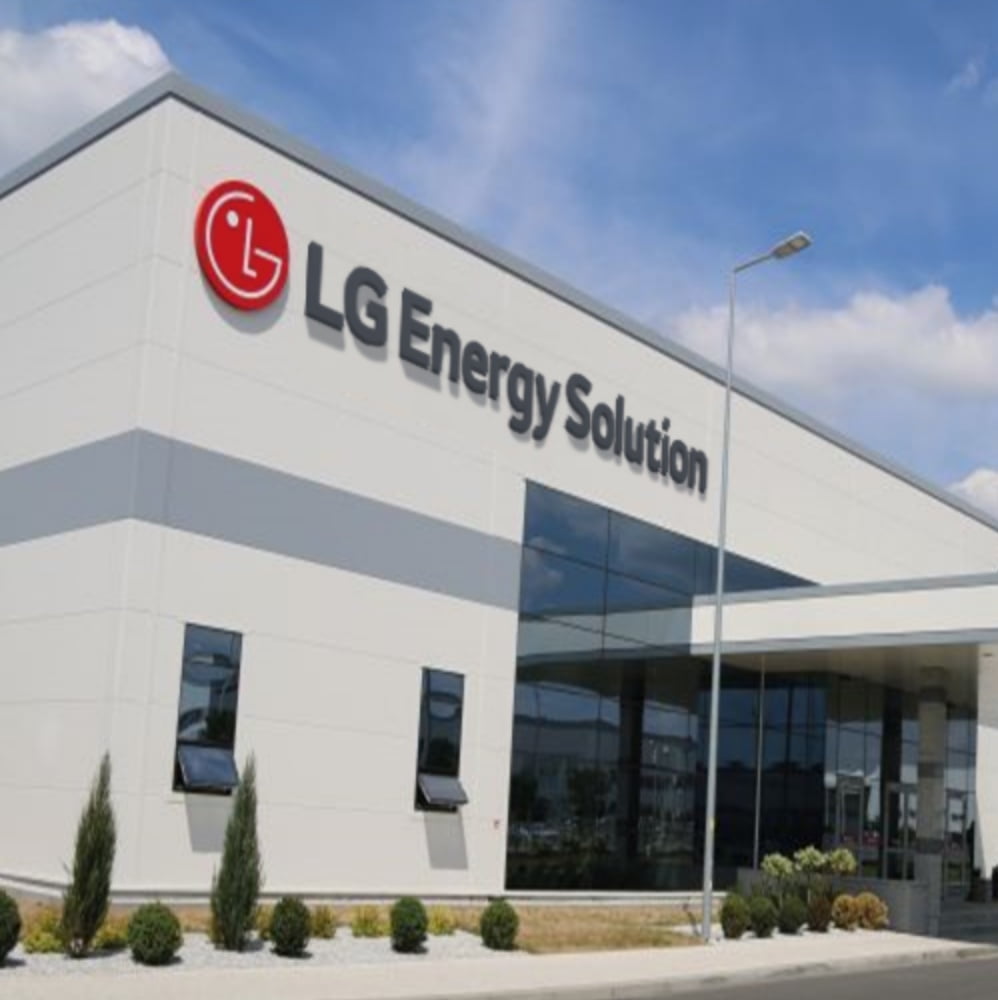LG Energy Solution announced earlier this year that it was exiting the solar module business due to increased material and logistics costs, and that it would now focus on energy storage systems and home energy management. In its Q1 earnings report, the company reported first quarterly revenue of 4.34 trillion South Korean won (KRW) or approximately $342 million USD, and an operating profit $204 million, although income was down.
Despite the demand for its cylindrical battery cells and increased productivity through its automated manufacturing system, the company said its consolidated revenue was down 2.2% on-quarter and net income was halved from the previous year at $204 million. The company achieved an operating margin of 6%.
LG Energy Solution attributed the drop in revenue to the rising costs of raw materials, ongoing global semiconductor shortage, and supply chain disruption caused by the military conflict between Russia and Ukraine and periodic COVID lockdowns. The policy of prioritizing replacing recalled batteries also cut into sales in the first quarter. Materials costs have been a challenge for battery manufacturers, with nickel, lithium and cobalt prices escalating. LG Energy Solution said that the company, nevertheless, saw steady operating profit.
Looking forward, LG Energy Solution annual sales target is $15. 1 billion, an increase of 8% on-year, due mainly to the burgeoning market for electric vehicles. The company currently has a backlog of $236 billion, with many of the major automakers as customers.
“Despite global economic uncertainties, LG Energy Solution will continue to make prudent investments to revamp quality and raise product competitiveness,” said Youngsoo Kwon, CEO of LG Energy Solution. “As a responsible and loyal business to our partners, shareholders and investors, LGES will lead the energy industry toward a battery-powered future with unrivaled competitiveness.”
The company plans to invest about 7 trillion KRW in to boost its battery manufacturing capacity to 200 GWh this year, with a goal of 520 GWh by 2025. By region, the company’s battery capacity in 2025 would account for 41% in North America, which would be the largest share in the region, 37% in Asia and 22% in Europe. Last month, for example, the company announced plans to invest approximately $1.4 billion (US) to construct a factory in Queen Creek, Arizona for the purpose of manufacturing cylindrical batteries. The construction of this 11 GWh capacity site is set to begin in the second quarter of this year, with plans for mass production slated in the second half of 2024. The cylindrical batteries will be supplied to EV manufacturers as well as electric tool companies in North America.
All of the company’s manufacturing facilities will be transformed into smart factories to drive down costs while reinforcing manufacturing competitiveness. The new Arizona facility will be a fully automated smart factory with remote support, manufacturing intelligence, logistics automation, and more.
To improve profitability despite escalating materials prices, the company said it plans to secure raw materials through long-term agreements and strategic equity investments. To secure product competitiveness, LG Energy Solution is working is developing technology to better control thermal propagation in pouch battery packs. The company is also developing new cathode materials, while introducing high-capacity cylindrical battery cells in new form factors.
This content is protected by copyright and may not be reused. If you want to cooperate with us and would like to reuse some of our content, please contact: editors@pv-magazine.com.









By submitting this form you agree to pv magazine using your data for the purposes of publishing your comment.
Your personal data will only be disclosed or otherwise transmitted to third parties for the purposes of spam filtering or if this is necessary for technical maintenance of the website. Any other transfer to third parties will not take place unless this is justified on the basis of applicable data protection regulations or if pv magazine is legally obliged to do so.
You may revoke this consent at any time with effect for the future, in which case your personal data will be deleted immediately. Otherwise, your data will be deleted if pv magazine has processed your request or the purpose of data storage is fulfilled.
Further information on data privacy can be found in our Data Protection Policy.